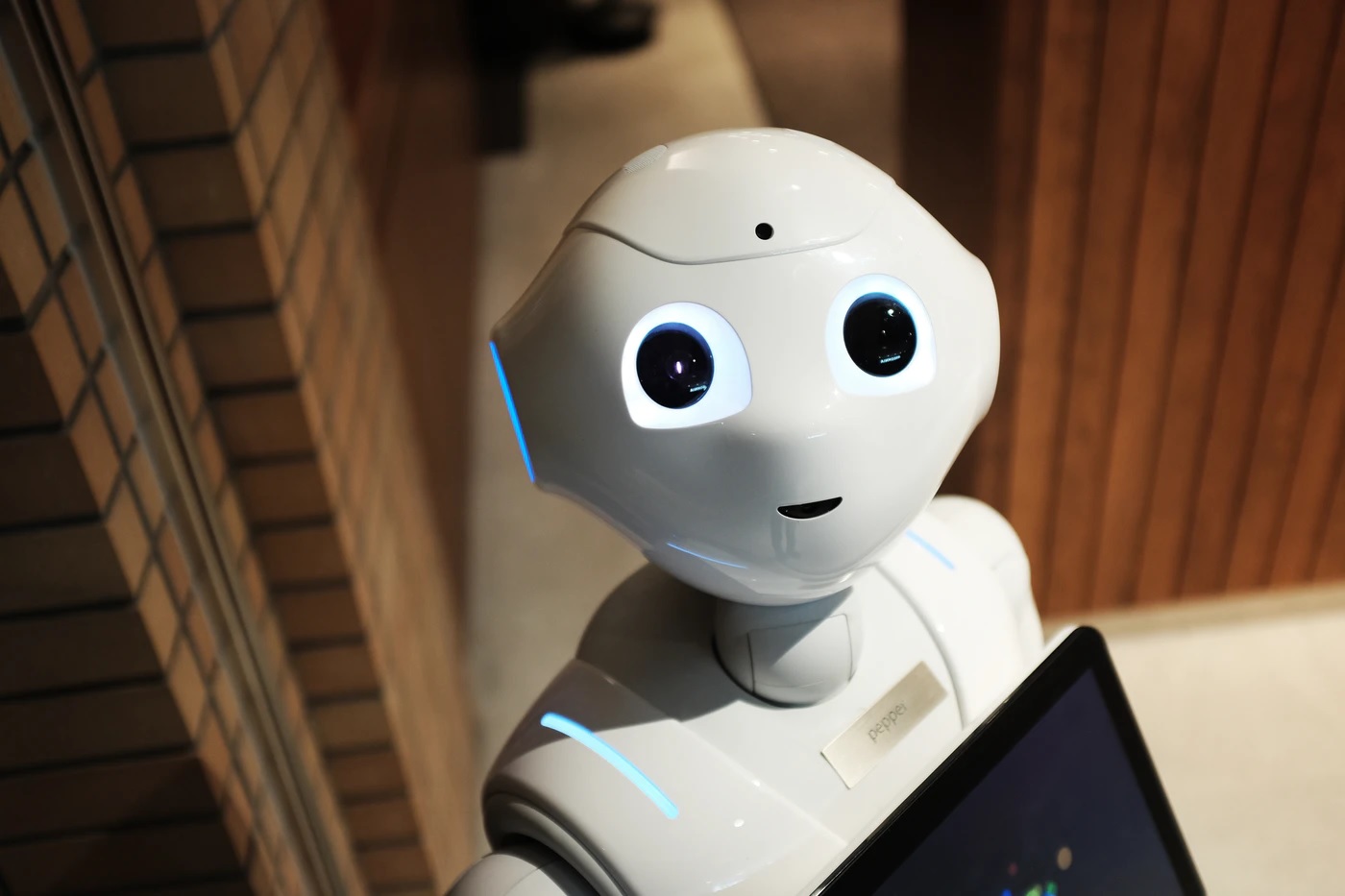For the past 15 months, Roessingh Research and Development, BLEUCOMPANION and Roessingh, Center for Rehabilitation have been working together in the SCOTTY project to investigate what the added value of social robots in rehabilitation care might be.
The roles and functionalities of the PEPPER robot for rehabilitation care
The SCOTTY project, funded by DIH-HERO, started in March 2021 to define the functionalities of the PEPPER robot for rehabilitation care. The PEPPER robot is Softbank Robotics' social robot. Robot PEPPER is designed to communicate with people and is attentive to people's emotion. During two co-creation sessions, we worked with healthcare professionals to come up with four roles for the PEPPER robot. PEPPER as an assistant to the nurse, as a supporter of the physical therapist, as a host and as a companion.

Acceptance of the Pepper Robot in rehabilitation care
After all content for these roles was available, BLEUCOMPANION (technical partner in the project) started programming the PEPPER robot in the summer of 2021. By the end of 2021, the time had finally come and first user tests could be started at RRD with technical experts, healthcare professionals and patients. These first tests were mainly needed to detect all usability issues and also gave a lot of insight into the interaction between humans and robots. The expectations around the social robot were very high, but also critical. To gain more insight into the acceptance of a social robot in rehabilitation care, an acceptance study at Roessingh, center for rehabilitation among 10 care professionals and 6 patients was started in the spring of 2022. From these acceptance tests it appeared that the functionalities of the PEPPER robot are not sufficient to play a role in a clinical department now. The care professionals and patients certainly saw positive points, such as the friendly appearance of the robot.
An alternative role: The Pepper robot in the waiting room
To gain insight into the possibility of the PEPPER robot in the waiting room, a flash mob study was conducted in the last month of the project. In this study, we asked 23 waiting clients to have a conversation with the robot and fill out a questionnaire together. A role in a static setting, such as a waiting room seems to be a better fit for the PEPPER robot.
What is the social value of the PEPPER robot?
Through the Social Return on Investment (SROI) Method. A social business case for the PEPPER robot has been prepared. These analyses show that that social value of the PEPPER robot is currently very low and that social business case can only become positive when:
- Expand the roles and functionalities of the robot
- More patients can use the robot
- The purchase and operating costs of the robot are lower
In order to share the outcomes of the SCOTTY project with others, an animation was created of the path the PEPPER robot took within the project. This animation of over 10 minutes gives a good overview of all project activities and results: https://youtu.be/pTcftwoA_T8
The June issue of Robot Magazine focuses on the SCOTTY project. For an article, researchers Marian Hurmuz and Stephanie Jansen-Kosterink were interviewed.
Click here to read the article.
Want to know more?
Have social robots and their application in healthcare worked your interest and would you like to know more about this topic? Then feel free to contact Sr. researcher Stephanie Jansen - Kosterink (s.jansen@rrd.nl - 0880 875 717).